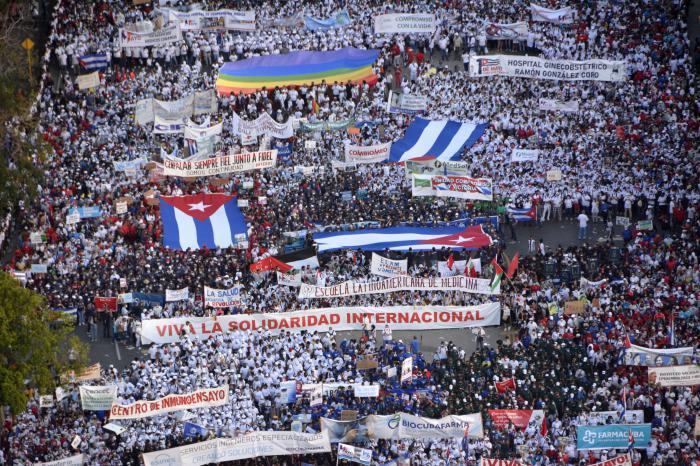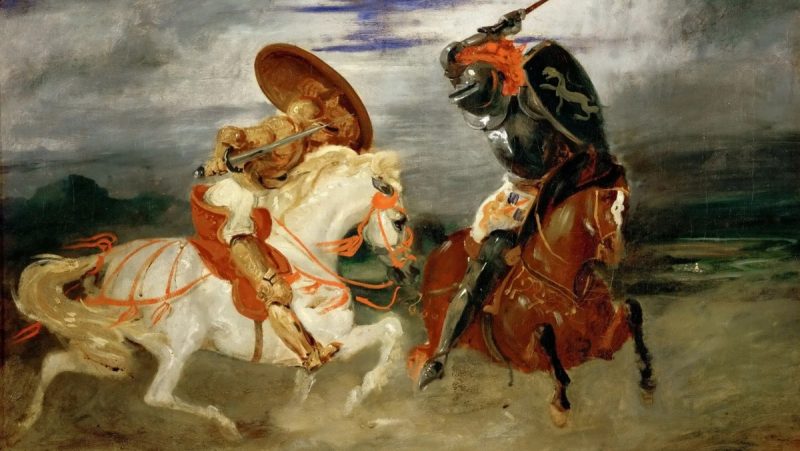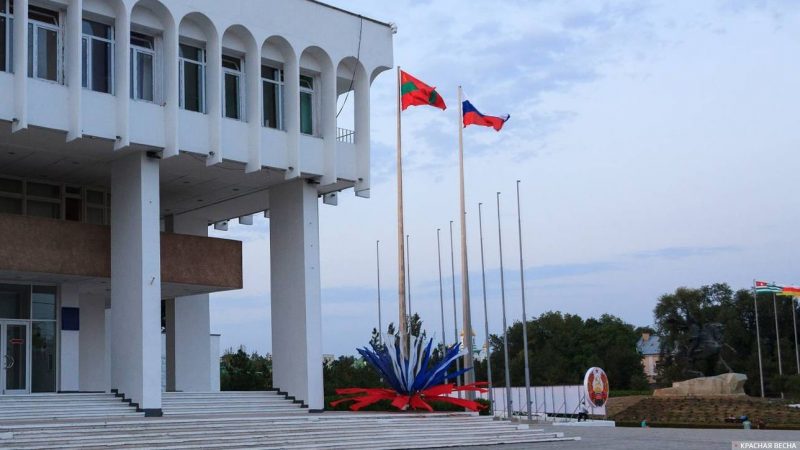Protests against the neoliberal economy and calls for better social and economic conditions for workers were common in many Latin American countries on May 1 demonstrations on International Workers’ Day, which is celebrated on May 1.
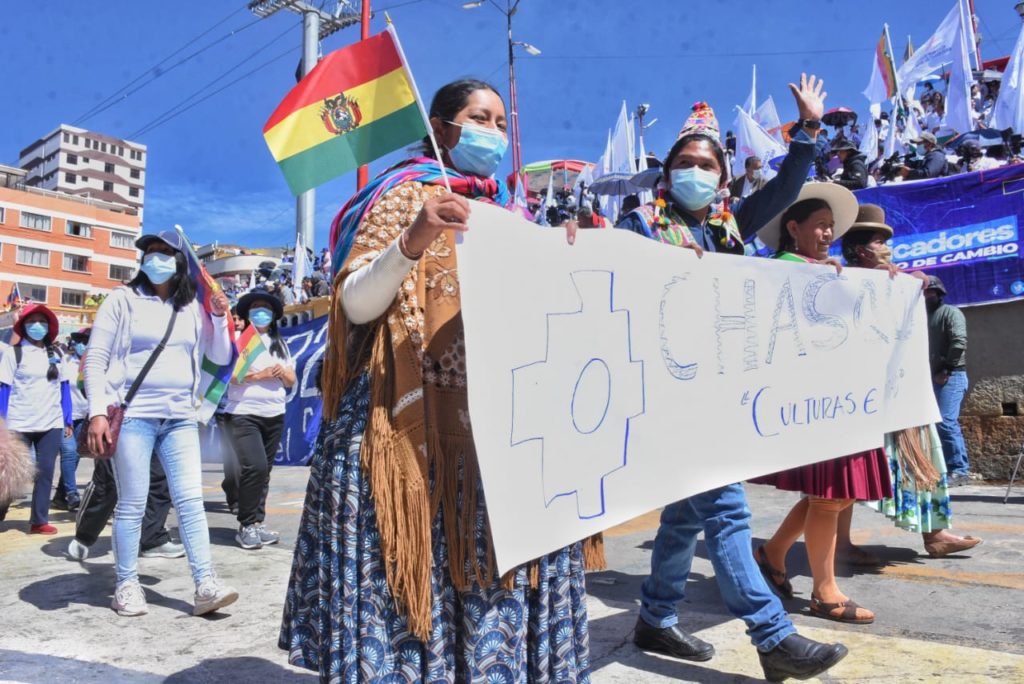
t.me/LuchoXBolivia
Workers in Latin America demonstrated on May Day after two years of the pandemic. A number of countries have not yet abolished the mandatory wearing of masks.
Manuel Zelaya Rosales, former president of Honduras and husband of Xiomara Castro, the current president of Honduras, participated in the May Day demonstration. He quoted Karl Marx, reminding us that the working class is destined to change humanity.
In Caracas, festive columns of workers filled the main streets. The working class recalled its historic victories. The country’s leaders urged workers not to decrease their vigilance because the US is near and has not forgotten the existence of Venezuela, with its largest proven oil reserves in the world. During the day, Venezuelan President Maduro announced the creation of a digital bank for workers, as well as a Fund for the Working Class Project.
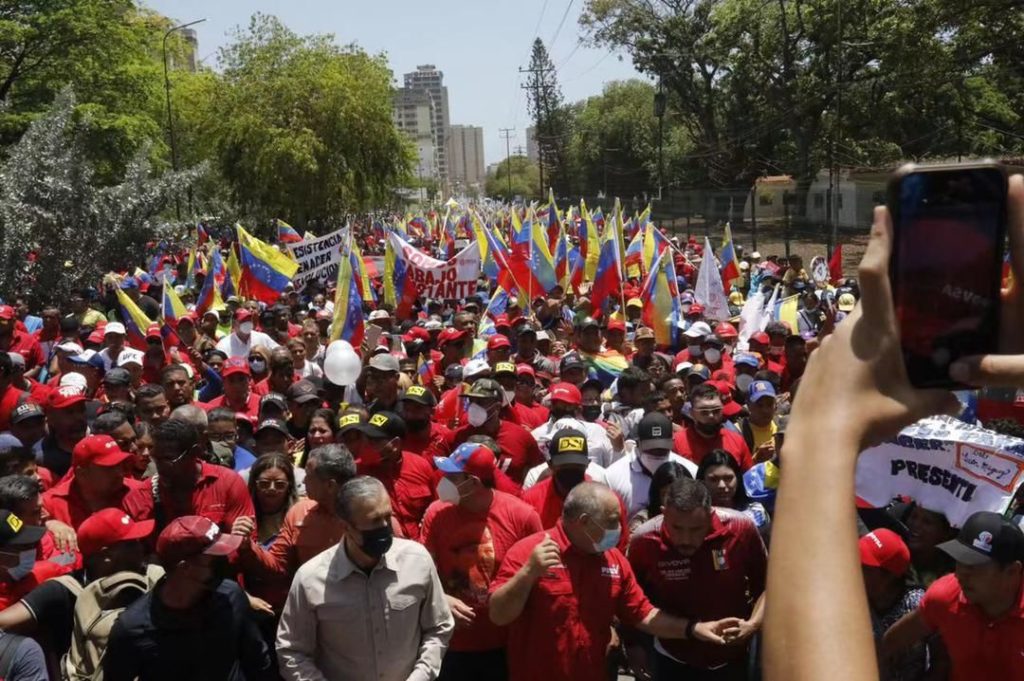
t.me/NicolasMaduroMoros
In Colombia, residents demonstrated in several regions of the country. They demanded an increase in wages from President Ivan Duque, the implementation of the Peace Agreement with the Revolutionary Armed Forces of Colombia, and an end to the systematic assassination of community leaders.
In Argentina, the main themes for the May Day demonstration were galloping inflation, an agreement with the IMF, and the need for independent labor unions that defend the interests of workers rather than stand in the service of business owners and big private capital.
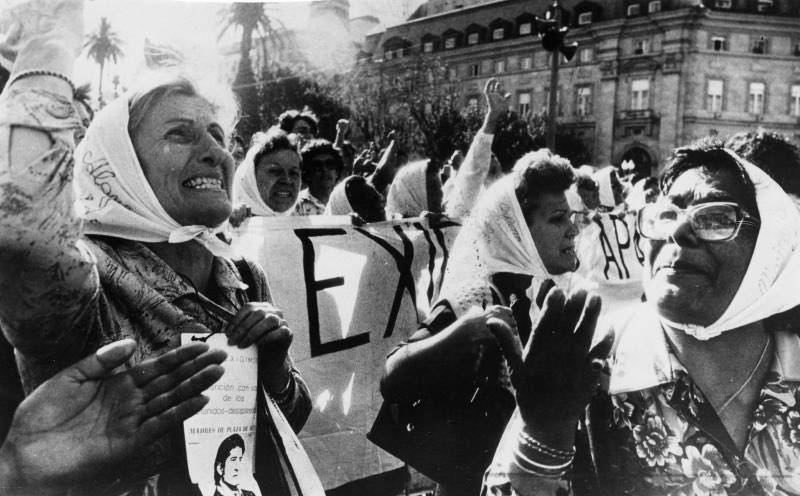
t.me/CFKenTelegram
This year’s May Day coincided with the 45th anniversary of the Mothers of the Plaza de Mayo movement in Argentina. The symbol of this movement was a white headscarf. Such headscarves covered the heads of women who came to the junta’s residence to learn the fate of their relatives who had disappeared during the dictatorship. Left-wing students and intellectuals were then kidnapped as families, along with their young children. Parents were killed, and children were given to “good families” to raise.
Bolivia celebrated the nationalization of the country’s oil industry on May 1, 2006. After that, the country’s income increased tenfold.
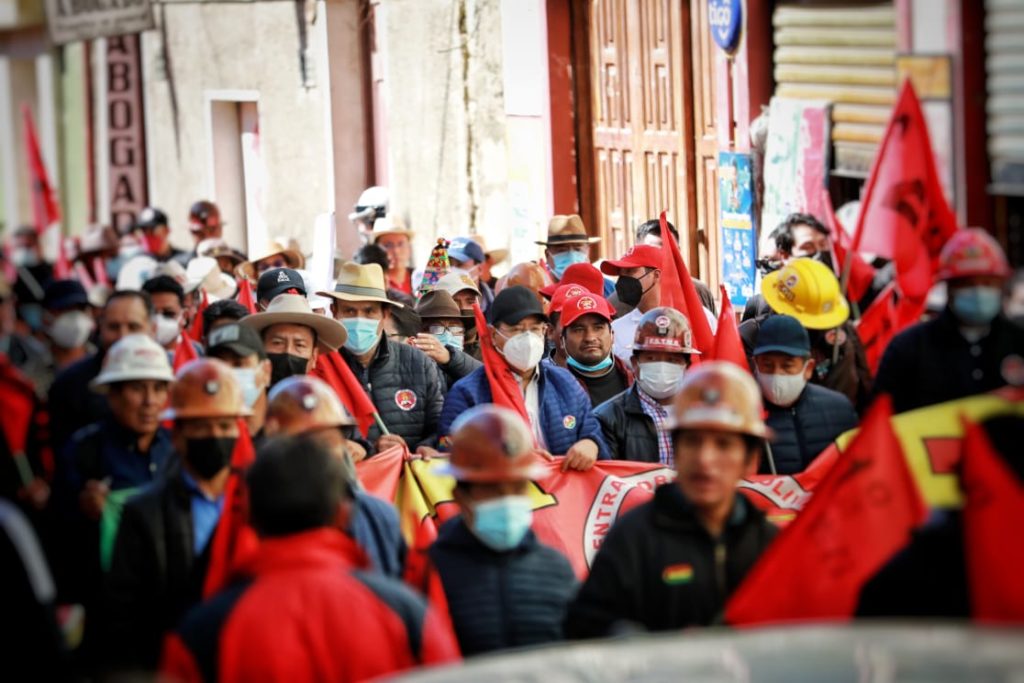
t.me/LuchoXBolivia
May Day in Brazil was influenced by the approaching presidential elections scheduled for October of this year. Former Brazilian president Lula da Silva and the current leader of state, Jair Bolsonaro, competed for electoral support at May Day rallies.
Lula da Silva, a former member of the metalworkers’ union, attended a demonstration in São Paulo that was organized by the central unions. On May 7, da Silva is expected to announce officially his participation in the run officially for the presidency of the country.
Bolsonaro came out to his supporters in the capital Brasilia. They gathered in front of the congressional headquarters.
May Day demonstrations were also held in Rio de Janeiro, Belo Horizonte, Porto Alegre, Fortaleza, Salvador and Recife. Participants opposed the privatization of state companies, especially the giants Eletrobras and Petrobras.
Two May Day demonstrations took place in the Chilean capital. The first, which began at the traditional site of Chilean protests Plaza Italia was peaceful. The participants demanded higher wages and new labor laws. The second, a parallel May Day demonstration, was marked by looting the shops and rioting. Two people shot into the crowd, three were wounded. The shooters were detained by carabinieri.
Mexican leaders held International Workers’ Day at the Olmeca oil refinery in the state of Tabasco. Mexican President Andrés Manuel López Obrador went to the refinery, which is scheduled to open after renovation on July 1. Thousands of refinery workers attended the rally. According to the head of state, Mexico will be self-sufficient in motor fuel by 2024.

https://lopezobrador.org.mx/
A May Day march demanding higher wages and price controls was held by several thousand people in downtown Madrid.
Spanish trade unions led people out under slogans: for higher wages, price control and – more equality! In particular, citizens are concerned about rising electricity prices. The unions consider wage increases as their main demand, they accuse of blocking collective bargaining.
Protest participants and government representatives considerably differed in their estimates of the number of people who came to the May Day demonstrations. According to the government, numbers did not exceed 10,000. Other estimates put the number of participants at 50,000.
Source: Rossa Primavera News Agency

